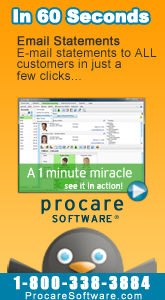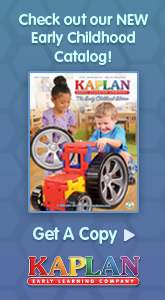ExchangeEveryDay Past Issues
 << Previous Issue
| View Past Issues | | Next Issue >>
<< Previous Issue
| View Past Issues | | Next Issue >> Joan Almon talks about the current craze to promote reading by five in her article "Reading at Five. Why?" in the online magazine SEEN...
"For 40 years I have searched without success for studies that support the notion that reading at five is a helpful step for long-term success in school. A recent doctoral thesis confirmed the absence of such evidence. Sebastian Suggate, studying in New Zealand, did an extensive search for quantitative, controlled studies that showed long-term gains for children who learned to read at five compared to those who learned at six or seven. He found one methodologically weak study from 1974 but could find no others. Thus, a major shift in American education has taken place without any evidence to support it. Nor have NAEP scores — Department of Education tests that are often called the nation’s report card — over the past 20 years increased enough to indicate that we are making strong gains, especially when one considers the problems that accompany the current focus on cognitive learning in kindergartens and in preschools."
Powerful Interactions: How to Connect |
 In their inspiring book, Powerful Interactions: How to Connect with Children to Extend Their Learning, authors Amy Laura Dombro, Judy Jablon and Charlotte Stetson provide a multitude of ideas for creating positive, life-affirming connections with children. In their inspiring book, Powerful Interactions: How to Connect with Children to Extend Their Learning, authors Amy Laura Dombro, Judy Jablon and Charlotte Stetson provide a multitude of ideas for creating positive, life-affirming connections with children. This reflective guide contains everything you need to understand what Powerful Interactions are, how to make them happen, and why they are so important in increasing children's learning and your effectiveness as a teacher. |



Comments (8)
Displaying 5 of 8 Comments [ View all ]Fillmore, Ca, United States
I cannot agree more. I have been in this field for 20 yrs and now completely understand after allllll that time on how kids learn, what they need to learn and the space they need to do it in. California has high expectations for kindergartens and now the preschools are getting pressured to "teach" more. It's like trying to teach a baby to ride a bike. They will learn in all due time.
I see parents and some teachers concerned that kids can't cut with scissors (or write), I tell them, no worries I have never seen a thirty year old that can't cut.
Ease up people. Play is what matters!
ece consultant
Dallas, TX, United States
Finland has one of the highest literacy rates in the world, and the children learn to read at 7 yrs of age. Children's eyes aren't quite ready at 5yrs of age. Reading to children from very early on, 1, 2 or 3yrs of age, is the best way to prepare children. I taught public school kindergarten for 12 years, with poor inner-city black children, and they loved being read to, reading to each other (pictures), and all of the developmental pre-reading skills were put in place, readying them all to jump into reading in 1st & 2nd grade. And even first grade can be a bit early for a full-court press with reading, but most elementary schools are driven by Scope & Sequence from a publisher reading program. We can teach reading through developing class stories, students composing their own stories, following children's interests to cover all literacy skills.
Bard College
Annandale on the Hudson, NY, United States
Thank you Joan Almon. A perfect article to share as we prepare for our first preschool parent-teacher conferences this fall.
United States
There is no evidence that earlier is better--in fact, quite the opposite is true. Just as it makes little sense to, by age four, write your name on a line, know the days of the week, know letter "sounds," stand in line, and other mindless, all too common, requirements of early childhood centers and schools. The emphasis is all topsy-turvy.
United States
I absolutely agree with this article as it pertains to "traditional" methods to teach children to read. The Montessori Method has a way that is developmentally appropriate, uses movement and respects the child's individual abilities in reading and spelling as early as 3 years old. It is not that we push our students, we are trained to look for readiness based upon the child and fortunately have the tools that are productive with the individualized child centered approach.
Check out American Montessori Society amshq.org for more information on how the Montessori method really works, and the beauty of I spy, sandpaper letters and the movable alphabet!
Post a Comment